A few times recently, on Reddit and Twitter, I’ve seen comments along the lines of “how on Earth can someone not understand that bra band sizes aren’t like dress sizes?!“, and I have to disagree with the sentiment. I can understand the confusion – for years, I was one of those people. I had friends who wore the same dress size as me but a different band size, as well as friends bigger than me who wore the same band size as I did, and yes, I found it confusing.
I mean, on the surface, equating band and dress sizes makes sense. The bra band goes around your body and so the bigger the body, the bigger the band needed. Right? Well, sort of.
The truth it that a lot of factors come into play when determining your band size, and your actual body size – that underbust measurement you probably take to calculate your bra size – is only one of them. Two people with the same underbust measurement can wear different bands sizes without one of them being in the wrong bra size.
Body fat
For those who haven’t heard the bra fitting term ‘+4’, it refers to taking your underbust measurement in inches and then adding 4 to it (5 if it’s an odd number) to find your band size, and it was the generally-accepted bra fitting advice for years and years. Nowadays, the invention of stretch fabrics has meant that many people can fit into a smaller band size and no longer need to +4.
Unlike a t-shirt or dress that skims over your body, your bra band is designed to squeeze you (at least a little bit) – this is how it’s able to stay in place and support your breasts from below. How soft and squishy is your underbust area? If the answer is very, you may not need to add any inches at all (in fact, you may even find that subtracting a couple of inches leads to the best support) because fat is an easily-compressed substance.
Conversely, for those with little body fat around the ribs, you might find that unless you add some inches (typically 2 or 4, but sometimes even 6) to your underbust size your bra band digs in and hurts, because it’s trying to squeeze something that just isn’t compressible.
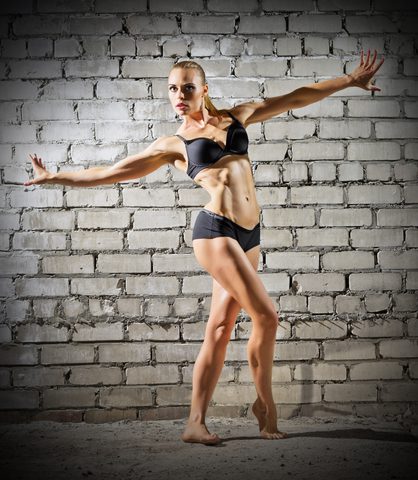
Muscle is harder to compress than fat, so someone with a muscular physique may find a looser band more comfortable.
Muscle mass
Muscle is harder to compress than fat. So if you have a lot of muscle around your upper chest you may find you need a larger band size. However, because subcutaneous fat sits on top of the muscle layer, even if you have a lot of muscle there may also be enough fat on top of it to have a bit of ‘give’ around the rib cage.
Bone structure
You’ve probably heard of the phrase ‘big boned’, and it’s true that some people have bigger, wider rib cages than others. If yours is large, you’ll likely need a larger band size than someone with a narrower rib cage.
For a few people, they may lose weight and see a reduction in fat around the underbust area, yet not go down a band size. This is because they’ve become thinner but at the same time less compressible as the rib cage becomes closer to the skin’s surface.
Personal preference
So what about two women with a more or less identical build who are wearing different band sizes? It could just come down to one of them preferring a tighter or looser fit. Just as some women love the feel of a corset but others find it too restrictive, for some a tight band feels wonderful and supportive whereas for others it can be uncomfortable or annoying.
My sister and I are pretty identically-built and sized, with underbust measurements just 0.5″ apart. However whilst I prefer a 30-band to a 32-band, I cajoled her into trying a 30-band on thinking she’d find it a bra-fit revelation and she just found it uncomfortable, and that’s okay. It doesn’t mean she’s wearing the wrong size, or that I am.
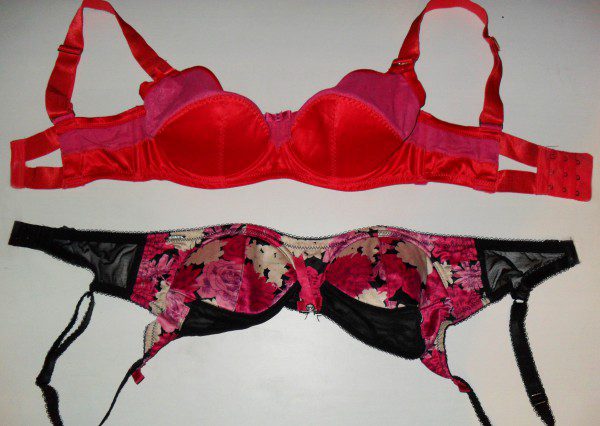
The Gossard bra (top) is a 30-band but is longer than the Lepel’s 32-band (both bras are equally stretchy and have 3 rows of hooks).
Differences between brands
Lastly, one thing that affects band sizes is simply that one brand’s 34 band might not equal another brand’s 34 band. I wear a range of band sizes myself, and sometimes brands update/improve their sizing so I might need a 32-band from a particular brand one season but a 30-band the next, without having physically changed size.
If a friend the same size as you is wearing a band size higher or lower, it might just be that she’s wearing a bra or brand that comes up small/large in the band compared to the one you’re wearing.
So… how do I know I’ve got the right band size on?
Wearing your bra, stand side-on in front of a mirror. The band should be horizontal all the way around – if it goes up (or possibly down if it’s a halter bra) at the back, the band is too large and won’t be offering very much support. Importantly, it should also feel comfortable without any pinching or digging in – and you should be able to cough or sneeze in your bra without feeling like your ribs just imploded!
I also made a little flowchart that’s very simplistic but problem-solves some of the most common fit issues, including a too big/small band.
I hope this has helped explain to some of you the reasons why band sizing is a very personal choice and dependent on a lot more factors than simply your underbust measurement! All of these things can affect the size you choose for your outer clothing too, but to a lesser extent. Clothing tends to have a looser, more forgiving fit rather than adhering very closely to the body in the same way a bra does.
Are there any other factors that affect the band size you choose to wear?
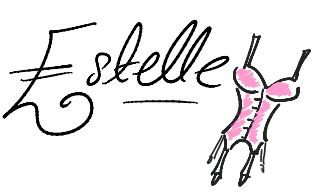
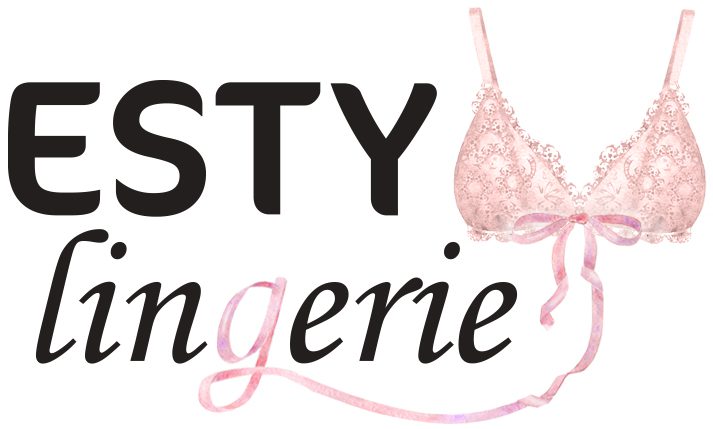
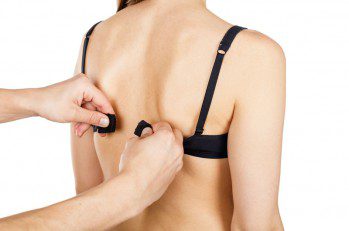
2 comments
This article is great, I have been having problems with bra’s a long time, every since high school when they had these awful pointed bra’s. I usually wear long Tshirts and floppy clothes to hide how much I have on top. Now I’m older, and find it even harder to find clothes that fits, or a bra I keep gaining weight.
I have come to the conclusion standard measuring, puts me a 50 band, and I Cup. Never seen a bra this big. I doubt that is the right size. 45 Band width + 5 = 50, and I’m 60 around the bust, A full 10″ cup size.
One more thing, band size, never seams to be correct. my 44 DD bra measures 37 band width. There counting on the stretch. I have short ribs, a hiatel Hernia hurts when presured, Acid Indigestion, A Stent that goes all the way down my Abdominal Iorta, and IBS. that short band width kills me. Just a thought about measurements I think a lot more needs to be taken into about on the band and cup size.
Glad you liked the article 🙂
When calculating cup size, it’s most common to take the difference between your overbust measurement (60″) and your underbust measurement (45″), NOT the band size after you’ve added 4 or 5 to it. So that would be a 15″ difference, and a UK K / US O cup. (Which may or may not be right for you – it’s just a starting point). But regardless, you mention you’re wearing a DD cup size which is designed for a 5″ difference only, so you may want to get a professional fitting to see what they think you should be wearing, it’s probably larger than a DD! If it turns out to be a very large cup size, maybe look into Polish brand Ewa Michalak – they go all the way up to a US MM cup in some band sizes.
You are right that bra bands tend to measure less, in inches, than the number size they are. A ’44’ band bra will pretty much always measure less than 44″ when unstretched. It’s because bra sizes were invented before they started using stretch fabrics, and stretchy bands can naturally afford to be shorter and still fit the same body size. It would be nice if we could start all over from scratch and create a new sizing system for the entire lingerie industry based on how modern bras fit, but unfortunately we’re way past the point of that being feasible to implement 😉